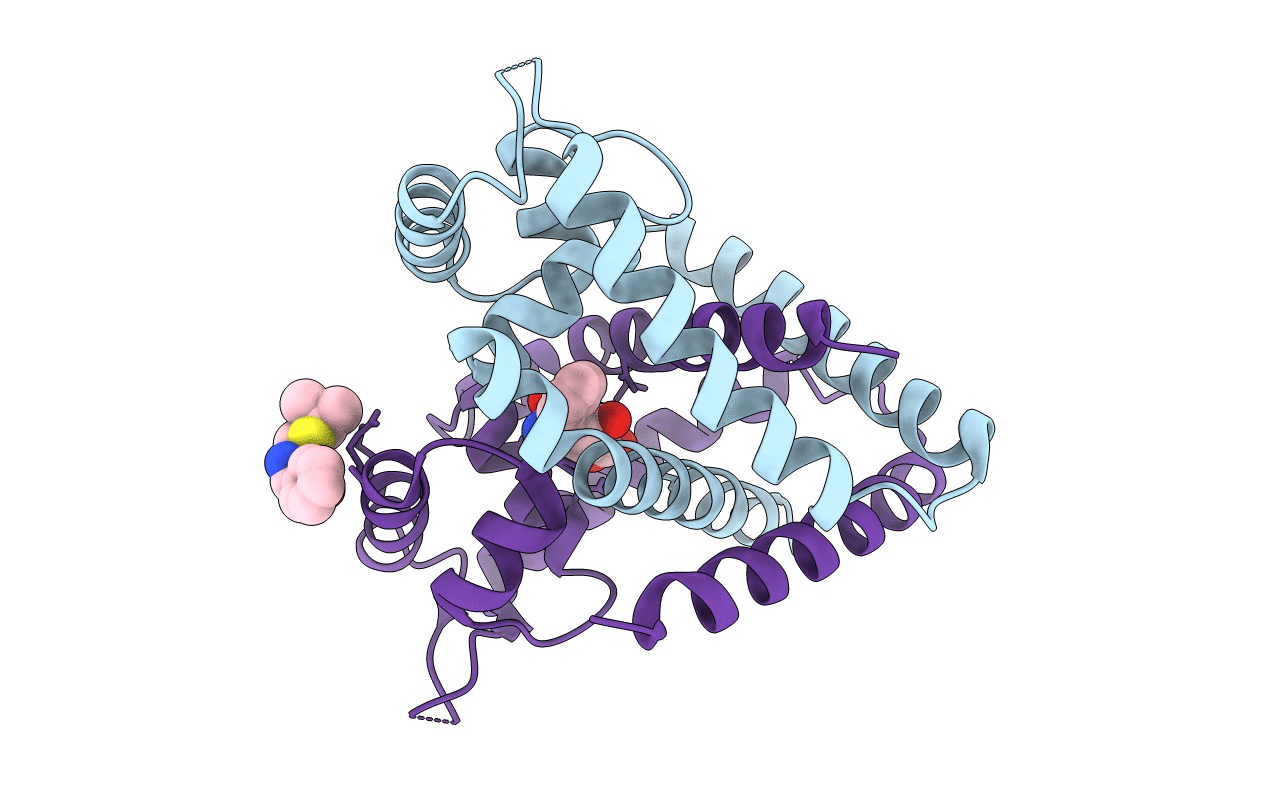
Deposition Date
2009-11-15
Release Date
2010-06-09
Last Version Date
2023-11-01
Entry Detail
PDB ID:
3KP3
Keywords:
Title:
Staphylococcus epidermidis in complex with ampicillin
Biological Source:
Source Organism:
Staphylococcus epidermidis RP62A (Taxon ID: 176279)
Host Organism:
Method Details:
Experimental Method:
Resolution:
3.20 Å
R-Value Free:
0.27
R-Value Work:
0.24
Space Group:
P 61


